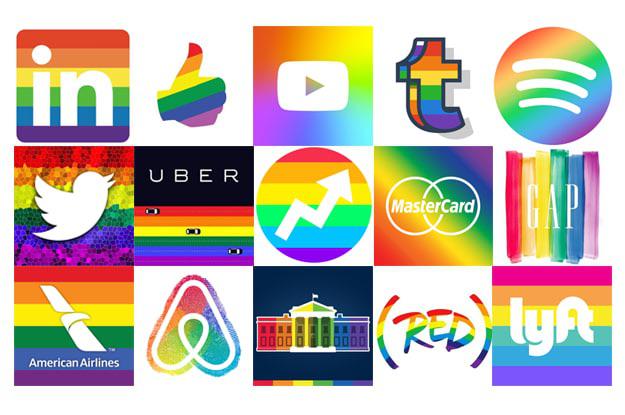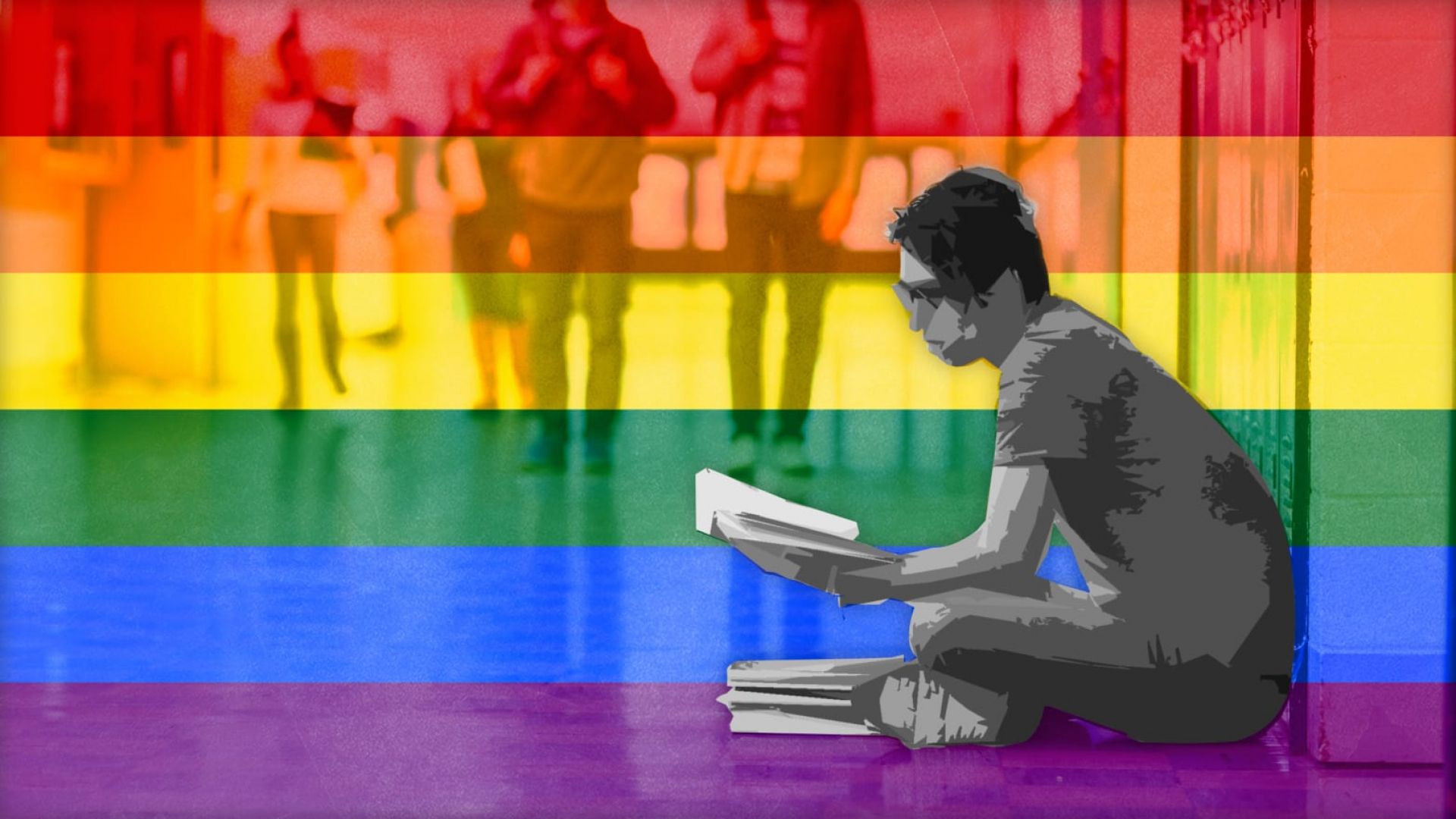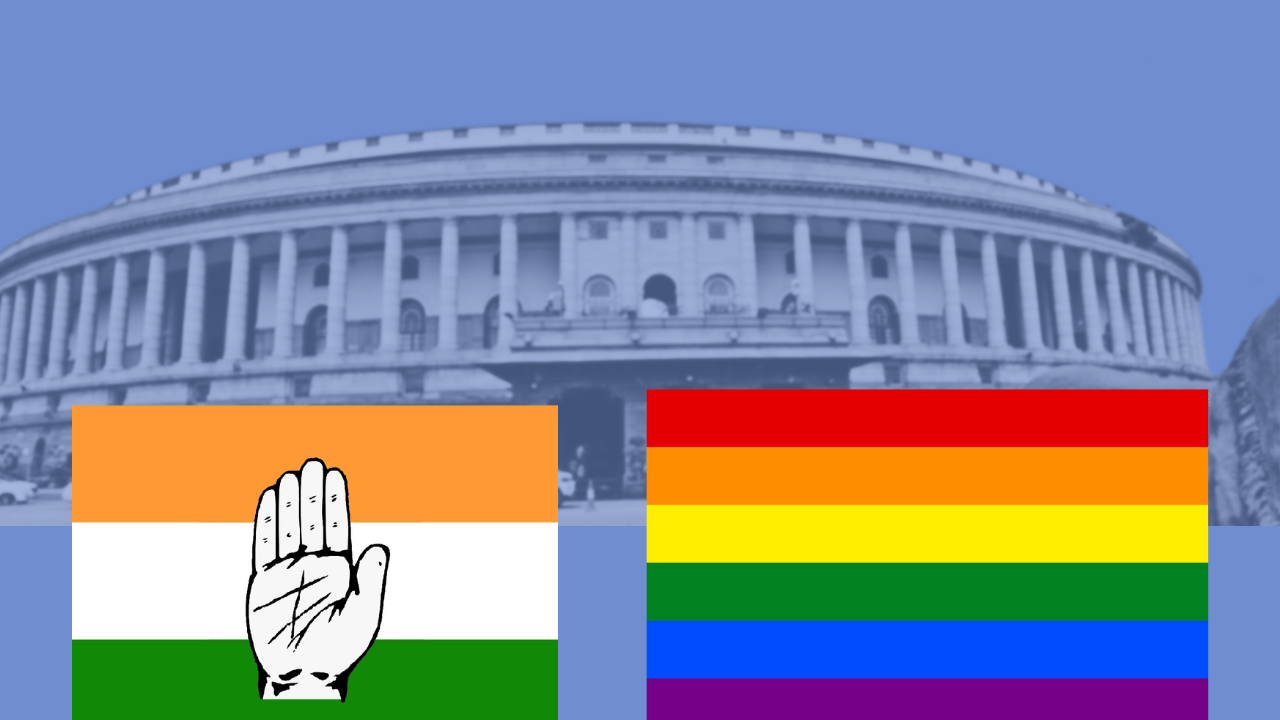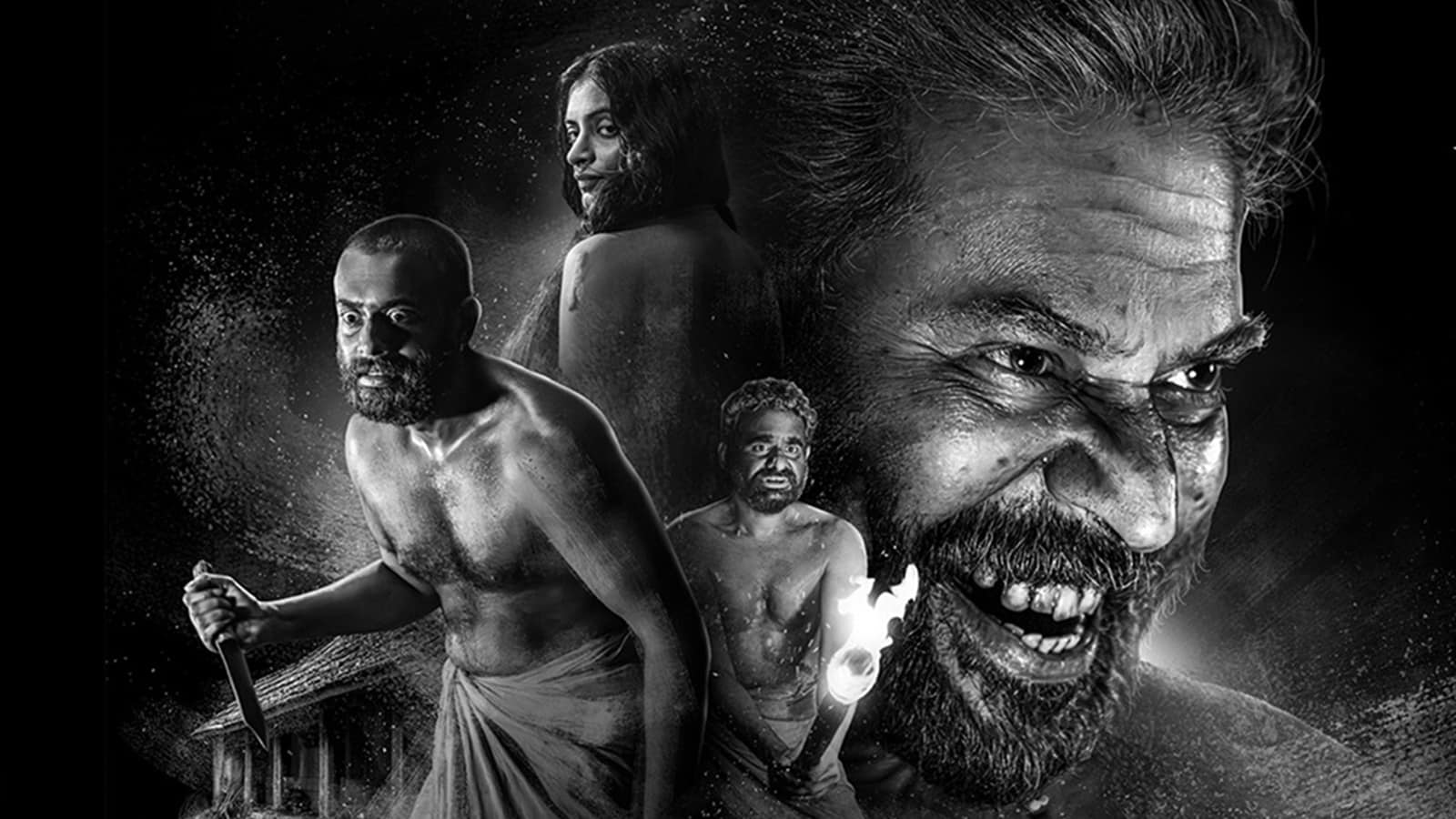The one aspect that sets advertising apart from any other creative form is its purpose. To sell a product to someone who doesn’t want to buy it—that is the simple part. The difficulty arrives when you sit to decide on ‘how to’. Most cosmetic brands seem to have cracked the code. As harsh as it may sound, brands and their advertisements feed on women’s insecurities. Right from the days when Madison Avenue’s sparkling billboards displayed a pretty red-lipped blonde—the perfect epitome of womanhood—little has changed over the course of time.

Although, sincere attempts are being made by brands such as Dove, which took the initiative to include women—the “real women”—of every kind. Some brands have also tried to expand their palette to be more inclusive of skin colour. Rihanna’s Fenty Beauty gave the industry a massive blow when it launched 40 different shades of foundation. It not only shook the traditional notions of beauty but opened up a whole platform for all the consumers who have so far felt underserved by the giant cosmetic brands.

Yet, there seems to be a significant absence of those women who till today are the subjects of several discussions. Trans women are constantly excluded in the narrative when it comes to advertising for these beauty brands. But they form a significant portion of the consumer group, all the while constantly fighting against the concept that only external appearance can define who a real woman is. The concept of this real woman has been so concocted by beauty brands that several trans women feel a very superimposed need to use makeup.
Of course, there are the Pride Month quotas that most brands diligently participate in, but it is important to ask—is that enough?
Trans women are constantly excluded in the narrative when it comes to advertising for these beauty brands. But they form a significant portion of the consumer group, all the while constantly fighting against the concept that only external appearance can define who a real woman is. The concept of this real woman has been so concocted by beauty brands that several trans women feel a very superimposed need to use makeup.
There are some visibly sincere attempts that showcase the real struggles of trans women and how gracefully she overcomes all of it. One of the most successful stories we have come across recently is Vicks’ ad (although not a beauty brand) titled, ‘Touch of Care’ which deals with two significant subjects— adoption and transgender rights. The ad perfectly captured the real-life story of Gauri Sawant, who became the first transgender person in 2014 to file a petition in the Supreme Court for the adoption rights of transgender people. Told from the perspective of her adopted daughter, Gayatri, the ad has put a benchmark on what representation should look like. For, while Vicks got it right, several are still staggering in the process of ideal story-telling.
Reliance on Tokenism
For decades the trans community remained invisible for brands. However, with the recent revelation that the queer community’s total buying power can be something as close to $917 million, brands are trying to put things out there as much as they can. They are creating exclusive issues and campaigns that only highlight queer people and talk about the community at large during the Pride Month. Sadly, that is not quite doing the work. In fact, it is nothing but sheer tokenism.

While some beauty brands, such as Ciaté London, MAC and Sleek MakeUP have tapped on transgender models for their campaigns, it is important to ask how much research and work has been put into developing the products that suit the transgender community. “Makeup products are not researched or developed keeping transgender people in mind. Earlier the problem was that the developer of a woman’s cosmetic product was a man and then with the women’s movements, that gradually changed. The same thing needs to happen with the transgender people as well. You have to include people from the community in the research and developing sector”, explained Sophie B. Roy, a photographer based out of Mumbai who identifies as a trans woman.
While several people will claim that there are many ads today representing the community, it cannot be denied that these brands have failed to maintain the true aspect of inclusion. Brands have managed to sensationalise the subject to a point where they “look good” to the generation that cares about everyone’s rights. However, when it comes to actually hiring a person from the trans community, there is a large vacuum in the conference room that decides upon the narrative of these brands.
Inside the Conference Room
While several people will claim that there are many ads today representing the community, it cannot be denied that these brands have failed to maintain the true aspect of inclusion. Brands have managed to sensationalise the subject to a point where they “look good” to the generation that cares about everyone’s rights. However, when it comes to actually hiring a person from the trans community, there is a large vacuum in the conference room that decides upon the narrative of these brands.
Also read: The Other[ed] Womanhood – On Adichie And Trans Women
There can be two reasons behind it. Firstly, there is a stereotypical notion that trans people mostly pick up acting or modelling as their go-to profession. This results in the common practice of commodifying the trans woman’s body for either tokenism or a “checkbox” for brands to put a tick on. Secondly, the conference room continues to remain a heavily male-dominated space. Doel Rakshit, a copywriter, performer and activist based out of Mumbai who identifies as trans woman, said, “Till today creating narrative is a very cis-male thing. A woman, even a cis-woman, or any marginalized gender ideating and processing narratives for brand stories is not something equally applauded.”
The problem with change is that sometimes it is too unorganised. While ads are trying to bring in a new narrative, it is unclear if that is simply a trend they are following or if it is actually something that will sustain. There is also a lack of data when it comes to identifying the community. Kiran Khalap, co-founder of Chlorophyll brand consultancy, pointed out, “Advertising in general lags behind society when it comes to change. There has to be representatives who make the industry conscious about its unconscious biases.”
In order to make industries aware of the kind of consumers they are dealing with, there has to be a regular update of census data. With a conscious generation that is constantly inclining towards gender fluidity and a whole community of people who are fighting every single day for their rights, a properly structured data can certainly put an end to the age-old question of, “How many people are actually in this community?” Put them all together and maybe it will be realised that they constitute a greater percentage of the population.
Also read: Meet The 12 Dalit, Bahujan, and Trans Women Braving The 2019…
Advertising is a powerful source of communication. Sometimes even more powerful than films. In order to sell something, it convinces people into believing something they do not believe in. That can be a very significant move when it comes to creating awareness about the rights of trans women – if done right. It is needless to point out the obvious fact that recently, especially after JK Rowling’s infamous rant about the transgender community, there is a need to address the issues of trans women more than ever. And advertising has the capability to do just that.
Barnana works as a copywriter in Mumbai and also as a freelance writer. While working as a freelancer her interest lies in covering stories about rural development, gender representation and the plight of Indian Classical Dance forms. You can find her on Facebook and Instagram.
Featured Image Source: CNN




